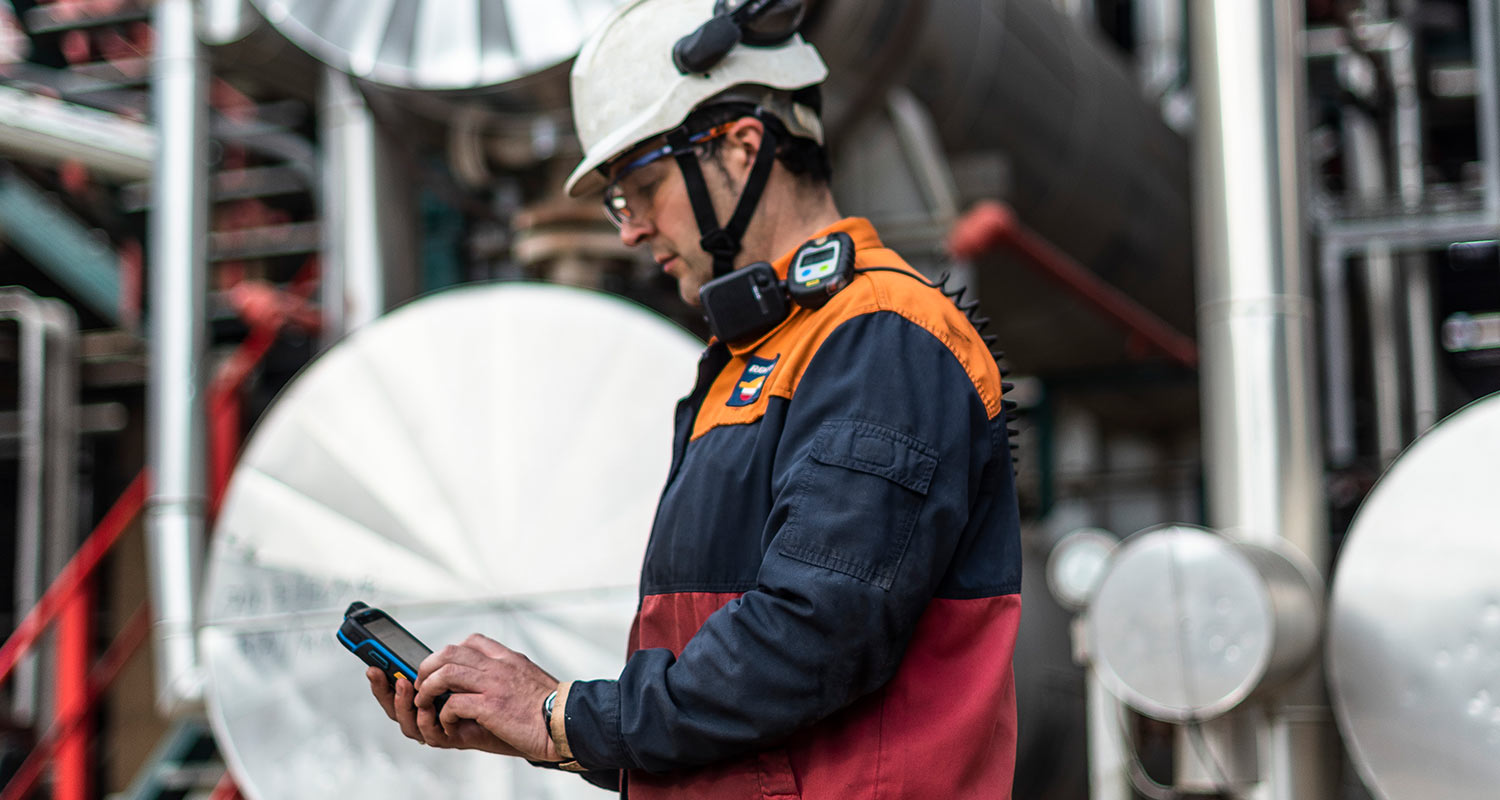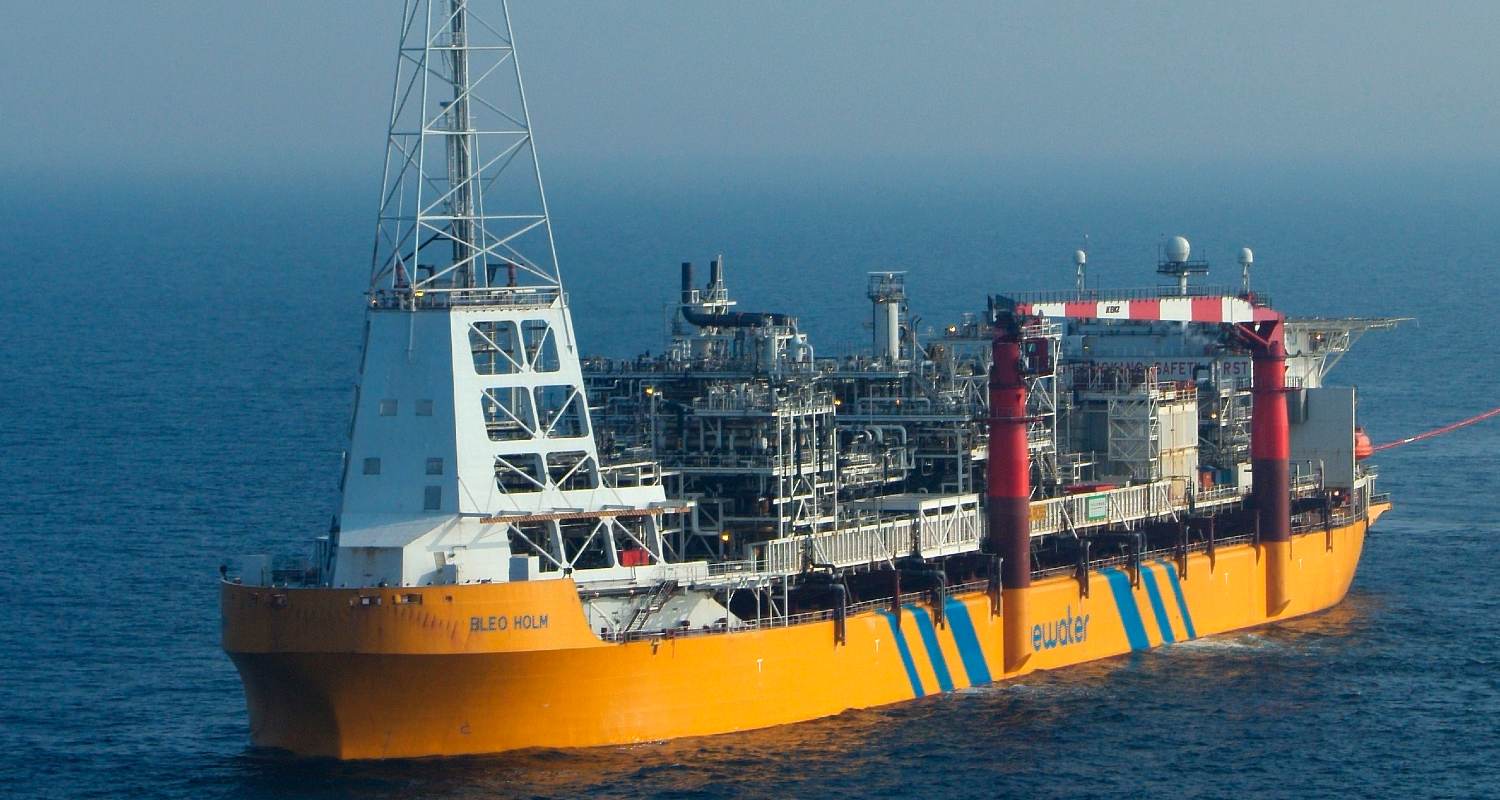-
DESIGN, CONSTRUCTION, AND STARTUP
Designing the appropriate safety mechanisms to protect people, the environment, and assets throughout their life cycle.

- Identifying and assessing risks
- Specifying and designing safety mechanisms
- Identifying critical tasks (emergency plan, procedures, training, audits, inspections and testing, document management, etc.)
- Reporting and recording incidents
- Investigating incidents
- Improvement measures and lessons learned
- Maintenance
-
OPERATION AND MAINTENANCE
Ensuring that all safety mechanisms are working properly to guarantee that when triggered they will work as they were designed to.

- Identifying and assessing risks
- Specifying and designing safety mechanisms
- Identifying critical tasks (emergency plan, procedures, training, audits, inspections and testing, document management, etc.)
- Reporting and recording incidents
- Investigating incidents
- Improvement measures and lessons learned
- Maintenance
- Functioning of critical elements
- Change management
-
DISMANTLING
Safely decommissioning process units or plants.

- Identifying and assessing risks
- Specifying and designing safety mechanisms
- Identifying critical tasks (emergency plan, procedures, training, audits, inspections and testing, document management, etc.)
- Reporting and recording incidents
- Investigating incidents
- Improvement measures and lessons learned
- Functioning of critical elements
- Change management
- Dismantling units and processes
- Identifying and assessing risks
- Specifying and designing safety mechanisms
- Identifying critical tasks (emergency plan, procedures, training, audits, inspections and testing, document management, etc.)
- Reporting and recording incidents
- Investigating incidents
- Improvement measures and lessons learned
- Maintenance
- Functioning of critical elements
- Change management
- Dismantling units and processes



